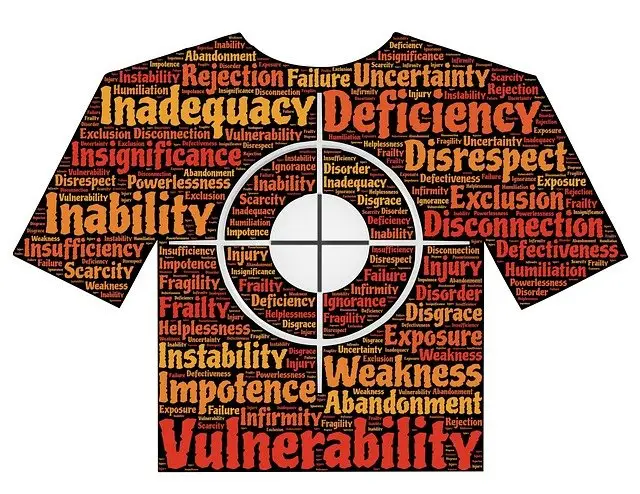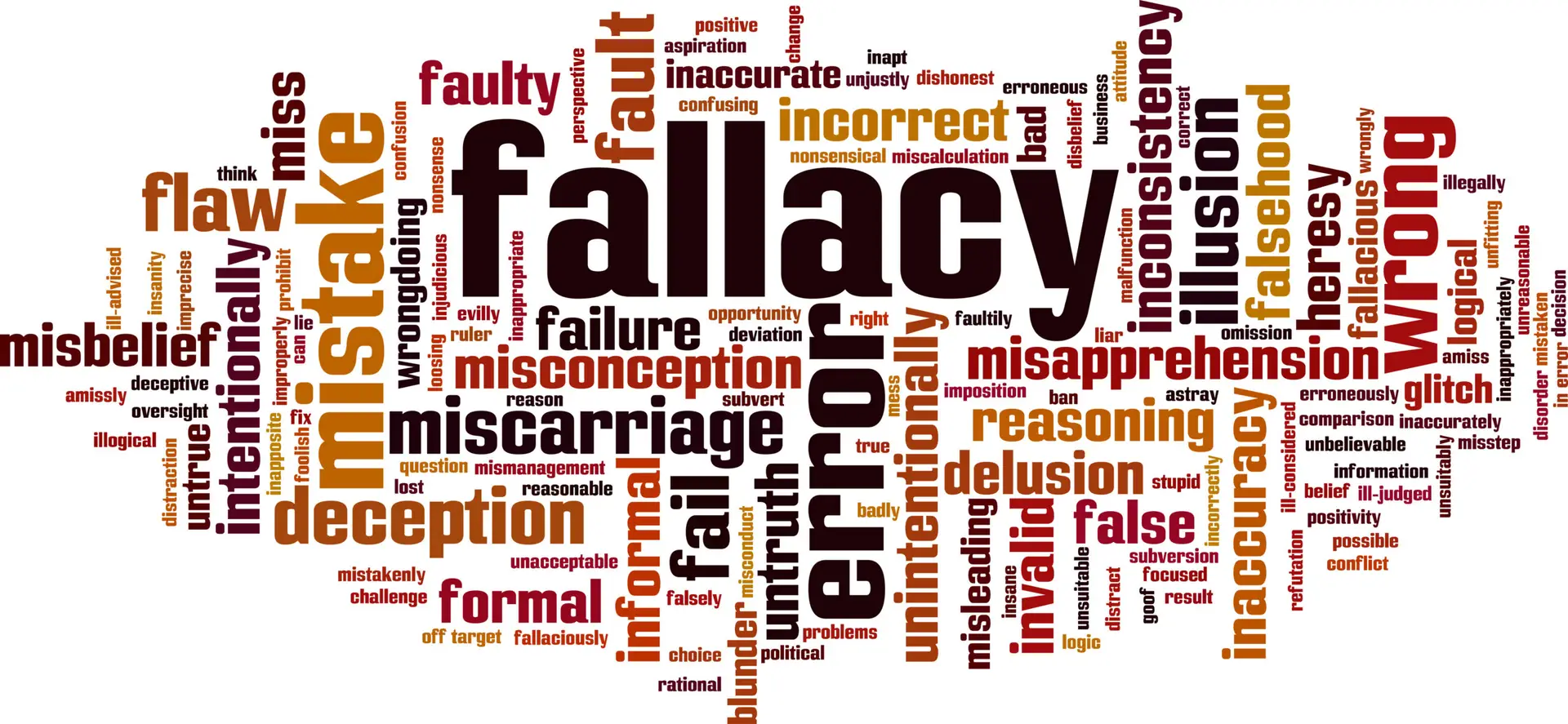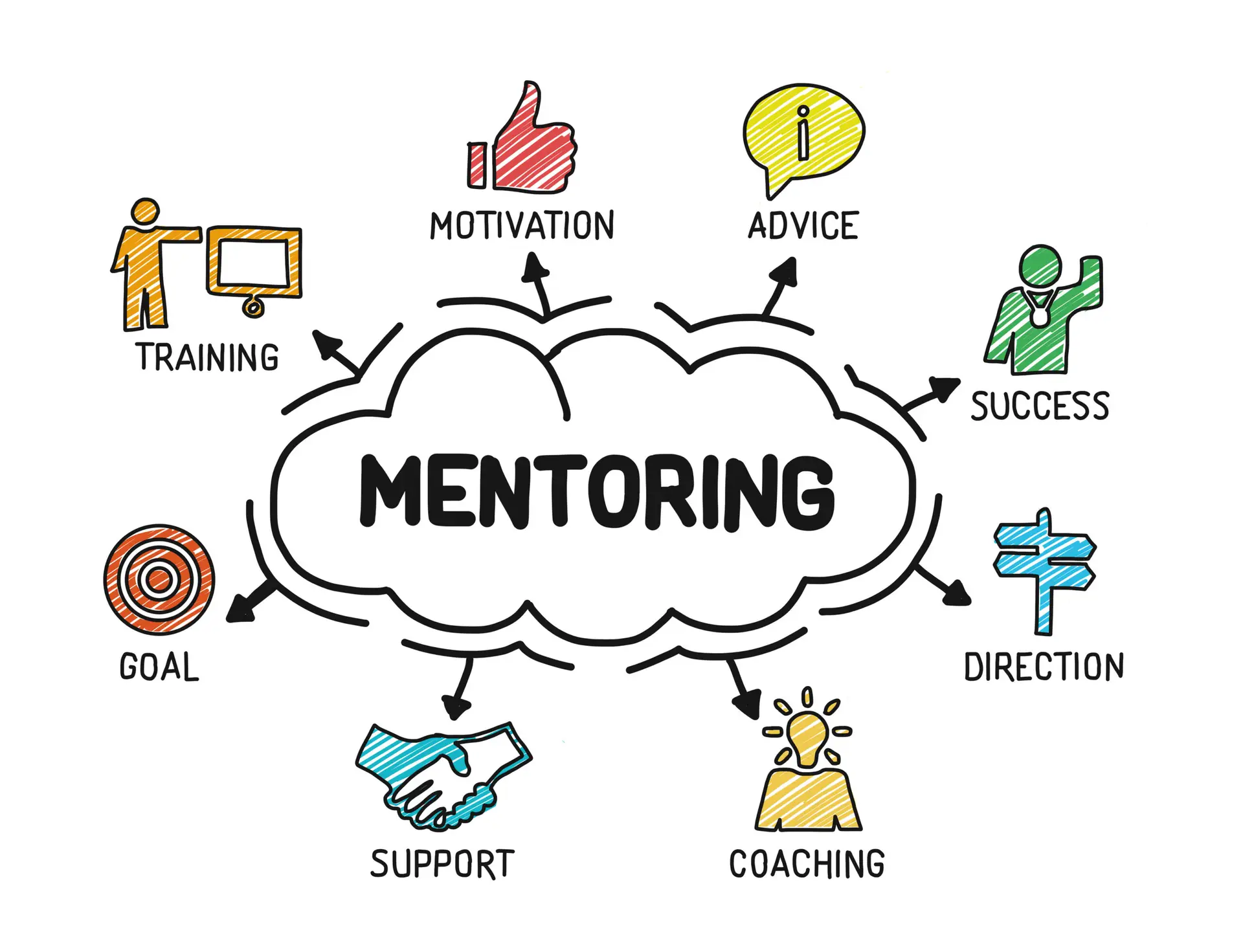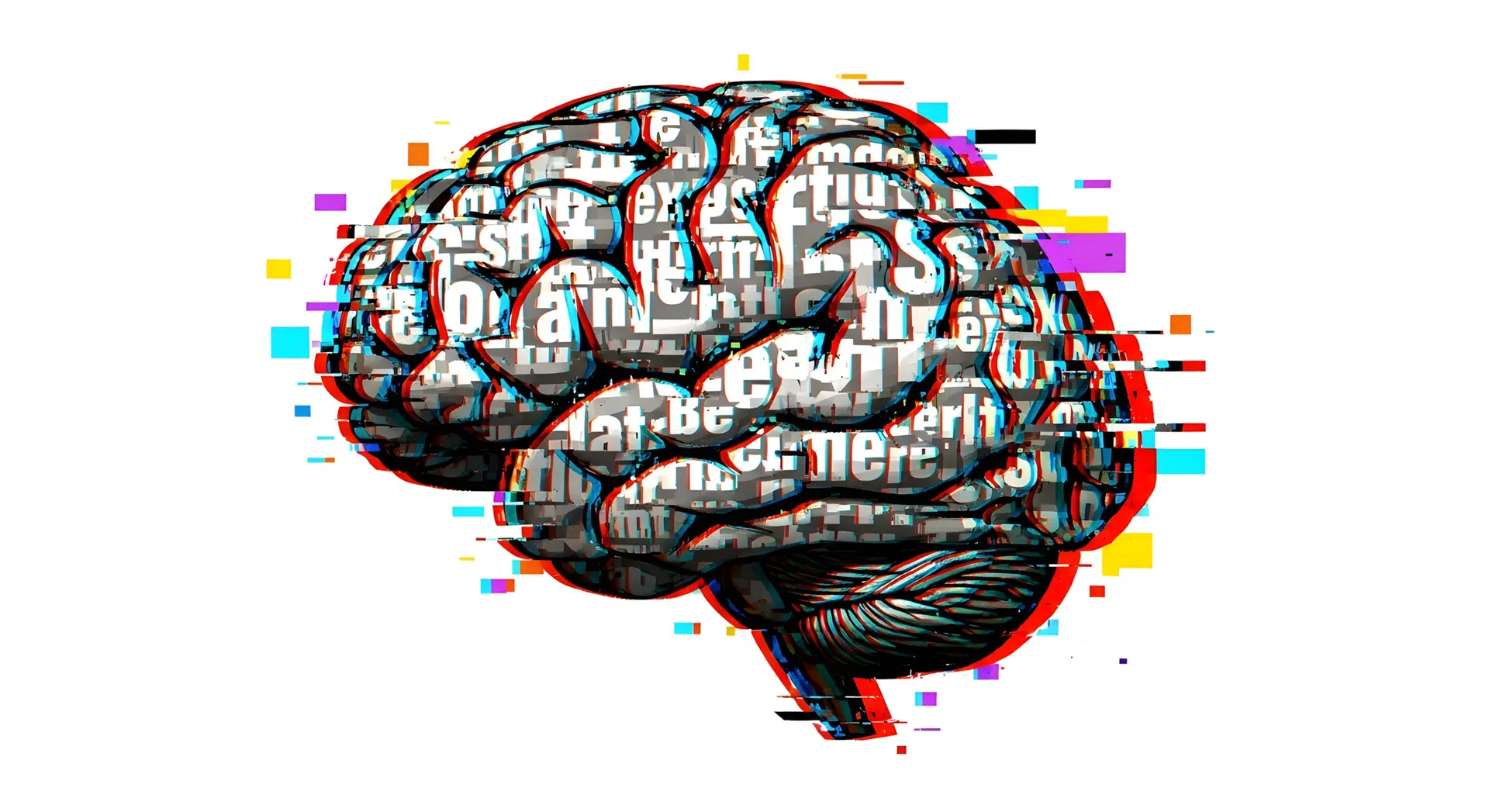A child who has lived in a situation of stress and abuse for a prolonged time will usually develop Complex Post Traumatic Stress Disorder. This is an elaborate system of defence mechanisms which are triggered by events in the environment which alert the person to possible danger. Much of the time this can take place without the person having much conscious awareness.
Our nervous system uses the ‘animal’ defence mechanisms of Fight, Flight, Freeze, Submit and Attach. We will be ready to activate the appropriate one (best one to keep us as safe as possible depending on each situation) in a split second.
When fight/flight is activated the body uses adrenaline to increase the heart rate, our muscles tense up and we have a surge of energy in preparation for action. The logic part of our brain shuts down so we can act as quickly as possible.
When freeze/submit is activated our body releases chemicals which slow the heart rate and respiration leading to physical collapse, weakness and shaking and the survival responses of freeze and submit.
Childhood trauma can leave people with a nervous system which is always prepared for danger. They may be hyperaroused (fight/flight) and have the symptoms of feeling emotionally overwhelmed, panicky, hypervigilant, a general feeling of not being safe, reactive, irritable and the mind can be racing. When hypoaroused (freeze/submit) they have the symptoms of numbness, lack of energy, a foggy head, shame and disconnectedness.
Many things can be triggers to the activation of the nervous system and these will be unique to the individual. Triggers can be things such as:
Recall of traumatic events
Being asked questions
Self-disclosure
Not allowed to speak
Being put on the spot
Being ignored
Being centre of attention
Emotions, vulnerability
Loud noises
Authority figures
Being told “No”
Having to say “Yes”
Night-time, sleep
Criticism, feedback
Confrontation
Home and family
Intimacy
Eye contact
Commitment
Time of day/year
Facial expressions
The clues to our being triggered can be found in our bodily responses. Triggered reactions are sudden and intense and hard to change once they have taken hold. Examples of these are:
Anxiety, fear
Increased heart rate
Tightness or clenching in the stomach
Shallow breathing, hyperventilation, holding the breath
Obsessive thinking
Response which is disproportional to the event
0-to-60 reactions
Muscle tension
Jumping to conclusions or catastrophising
Fear of abandonment or aloneness, feeling small
Practicing mindfulness, self-awareness and grounding techniques can help with overcoming triggers and calming the nervous system down. This keeps the body in a more relaxed state and helps to stop it from going into hyper/hypoarousal when unnecessary.
Source: Janina Fisher, PhD








This Post Has 2 Comments
Pingback: Body Image and Binge Eating – Children of Narcissists
Pingback: How a Narcissist uses “Triggers” to create PTSD – Scapegoats, Triangulation and Gaslight Victims Support